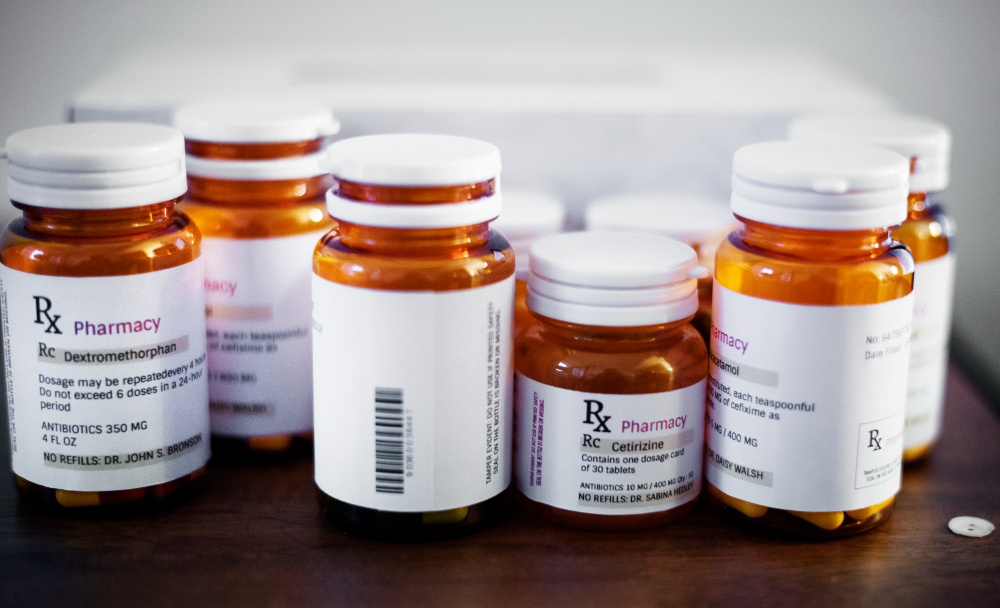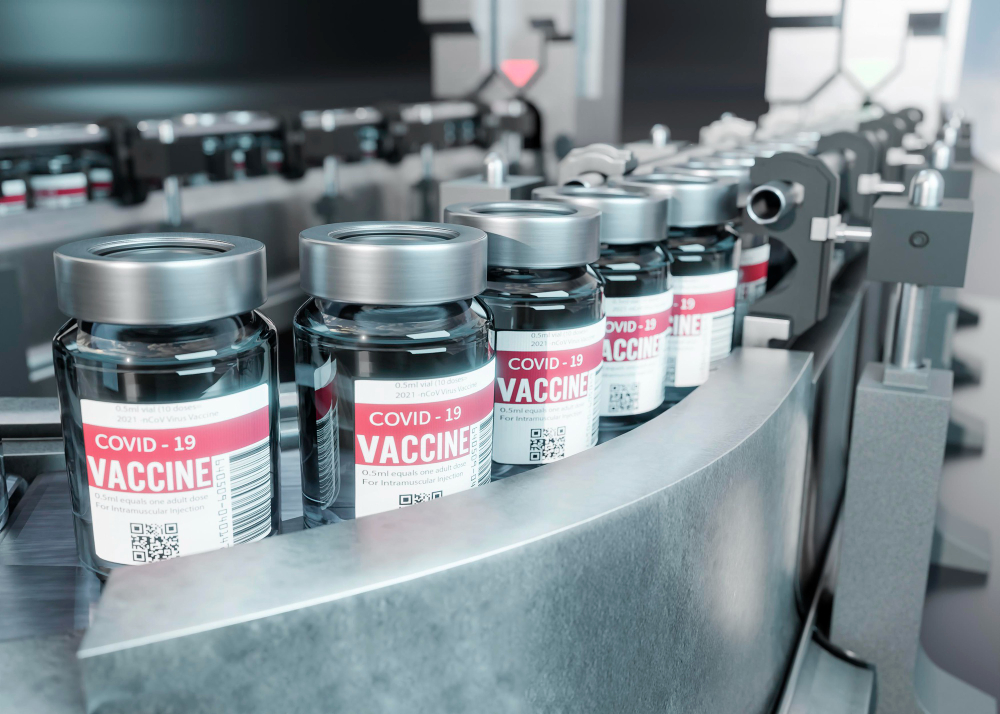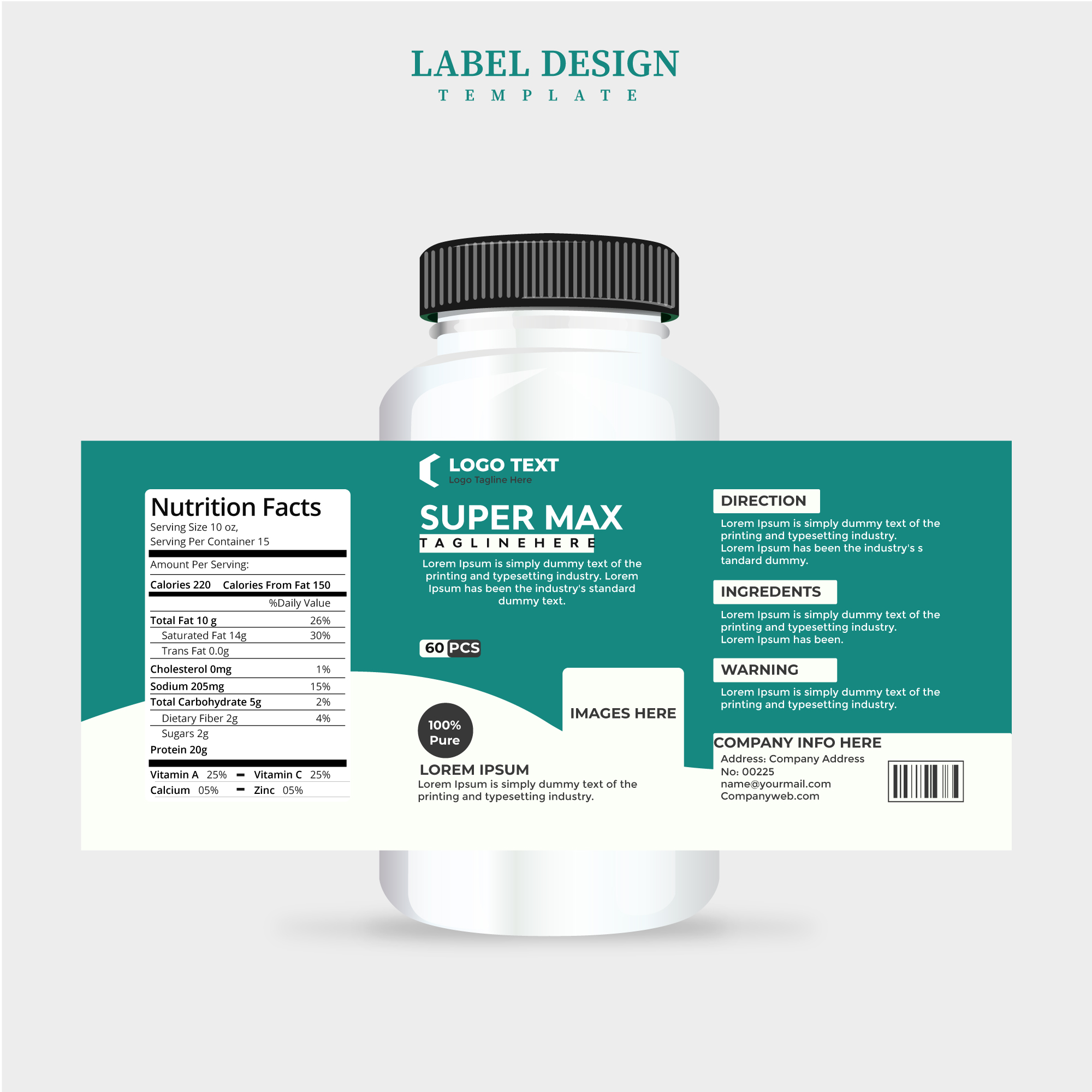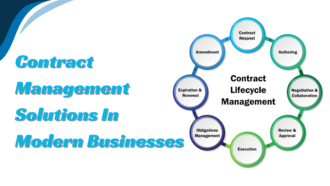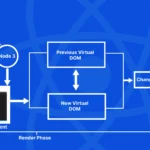Important Trends in Pharmaceutical Labeling & Packaging Printing
- The demand for pharmaceutical labelling and packaging is increasing due to the continuous development of new drug innovations in the pharma market.
- Strict regulations govern pharmaceutical labelling and packaging to ensure accuracy and compliance, as errors can lead to severe consequences, including fatalities.
- Trends in pharmaceutical labelling and packaging printing include cryogenic labelling for harsh storage conditions, smart packaging integration for anti-counterfeit measures, personalized packaging printing to cater to individual patient needs, minimalist designs for practicality, and QR codes for consumer engagement and inventory tracking.
- Digital printing technology is revolutionizing pharmaceutical packaging, allowing for smaller batches and personalized packaging, while eco-friendly packaging materials are becoming more prevalent to address environmental concerns.
The demand for pharmaceutical labelling and packaging is rising with the continuous development of new drug innovations in the pharma market. The pharma labels are the product’s first impression and provide crucial information on medicine use.
This significantly contributes to the trust and reliability of the medication for patients. A study reveals that 33% of medical errors come from problems with labelling and packaging printing. At the same time, 30% of these errors lead to fatal outcomes.
That’s why there are stringent rules on the presentation of medicines, and the packaging design software ensures compliance with these regulations. In 2024, essential pharma labelling and packaging printing trends will emerge, so continue reading to be informed!
Trends in Pharmaceutical Labeling & Packaging Printing
Compliance Challenges for Pharmaceutical Companies
Pharmaceutical firms worldwide face diverse health standards, compliances, and regulations. They must adhere to laws and regulations established by governing bodies and regulatory agencies covering pharmaceutical labelling and packaging.
Non-compliance can lead to severe consequences, including hefty financial penalties and potential legal and criminal repercussions. Instances also exist where fresh formulations have reacted with packaging materials, illustrating how evolving formulations impact pharmaceutical packaging labels.
Besides, various market standards pose an ongoing challenge for drug manufacturers dealing with serialization. Issues with the information consistency of pharmaceutical labelling also add to the complexities. All of this necessitates adaptable labelling and packaging printing solutions.
Need for Pharma Packaging and Labeling
2024, the worldwide pharmaceutical packaging market was valued at $102.10 billion. By 2029, it is projected to reach $137.28 billion with a growth rate of 6.10%. This growth in the pharmaceutical labelling and packaging printing industry is attributed to the following reasons:
- Providing Convenience – Informative pharmaceutical labels save time and offer easy access to crucial information like ingredients, dosage, and expiration dates, contributing to overall convenience.
- Ensuring Accuracy – Buyers deem information presented on pharmaceutical labels/packages trustworthy. An appealing label with accurate instructions enhances the overall importance of the product, emphasizing the need for thorough validation before mass packaging printing.
- Clarifying Dosage – Given the tendency to forget prescription details, medicine labels should guide dosage and expiration dates.
- Enhancing Protection – Safeguarding medicine from damage or contamination is crucial. Packaging should align with the nature of the medicine, and labels must accurately convey dosage information to prevent misunderstandings.
Best Trends in Pharmaceutical Labeling And Package Printing
The pharmaceutical industry is leading innovations in the medical and health sector. Here’s a brief overview of the latest trends in pharmaceutical labels and packaging:
- Cryogenic Labeling – This pharma labelling is designed to endure harsh storage conditions, from freezing temperatures to chemicals and gases. The materials and adhesives are customized to stay intact in ultra-cold storage and are used on bottles with vital biological sample details.
Increased cold storage needs, e.g., fuel the growing demand for cryogenic labelling, these labels gained attention during the COVID-19 vaccine rollout.
- Smart Packaging Integration – In 2024, anti-counterfeit packaging featuring visible and covert authentication solutions is a hot trend. Visual options include colour-shifting, pearlescent inks, holographic seals, and tamper-evident labels. Confidential solutions requiring special tools include UV and IR light-reactive inks, thermochromic inks, and hidden indicia.
They also include digital watermarking, Digimarc barcodes, and taggants—invisible symbols detectable with specialized equipment. Brands combine these solutions with RFID (Radio-Frequency Identification) to combat counterfeiting effectively. Incorporating this wireless into pharmaceutical packaging lets you keep a close eye on your inventory, making it easier to track and manage. Besides, RFID guarantees security against theft, boosting product and brand protection.
- Personalized Packaging Printing – Reflecting the rise of personalized medicine, there’s a shift from large-scale factory production to smaller batches due to the rising demand for tailored pharmaceutical packaging labels.
A significant 50% of prescribed medicines are not taken as directed. To address this issue, pharmaceutical companies are opting for personalized solutions.
Incorporating custom labels with patient-specific directions is necessary in that regard. Moreover, creating patient instructions in their language with specific details for a particular group can boost understanding and medication compliance.
- Minimalist and Clean Designs – Pharmaceutical packaging has ditched the old days of busy labels and flashy designs. Now, it’s all about keeping the packaging simple, with clean lines, straightforward fonts, and a strong emphasis on practicality. This not only makes it look better but also makes it easier for patients to read and use.
- Accessibility Ease – The trend for easy, one-handed pharma packaging printing design opening is growing. This is to address the diverse needs of patients, including those with disabilities or impairments. Pharmaceutical labelling now also requires comprehensive information for self-medication.
Therefore, pharma labels covering usage guidelines, disposal instructions, allergy warnings, expiration dates, and emergency contact details are in huge demand. The printed details must be clear and easily readable, focused on providing information rather than persuading buyers.
- QR Codes for Consumer Engagement – QR codes are more than a passing trend in pharmaceutical packaging. They open up new opportunities for getting consumers involved. When you scan one, you can get all the details about your medication, watch how-to videos, or even chat directly with healthcare professionals. Besides, the 2D and QR codes allow pharmaceutical manufacturers to keep tabs on their inventory and ensure they’re legitimate.
- Digital Printing Technology – Digital printing is revolutionizing pharmaceutical labels and packaging. It’s way better than the old methods because you can print exactly what you need, and there’s no need for huge orders. This means smaller batches and personalized packaging. Moreover, every label can be customized with specific patient info, like dosage or expiration date. Digital printing is faster and more efficient, so you get your packaging quickly.
- Simple and Eco-friendly Packaging – The pharmaceutical industry has recently faced criticism for using plastic containers, prompting a shift toward eco-friendly practices through the Quality by Design (QBD) trend.
To address concerns about environmental contamination from antibiotics and plastic containers, manufacturers now opt for eco-friendly materials like recycled paper and plastic for pharmaceutical packaging printing.
Conclusion
Labelling and packaging printing innovations are emerging as the pharmaceutical industry experiences rapid growth. The need for packaging advancements to prevent damage or contamination, harsh storage environments, and self-medication is growing.
Pharmaceutical labelling and packaging enhancements are setting higher standards for the packaging industry. With global distribution in mind, sustainable and flexible packaging and labels are set to dominate the market. Therefore, companies must know current trends and upcoming challenges to thrive in the market.
ThaThat’sy at DesDesign’N’Buye offers a comprehensive web-to-pack solution with packaging design software that is entirely scalable for B2C and B2B companies. Integrating our design software into your website lets your customers design and order personalized pharmaceutical labels.
We also offer features like embellishments and foil effects to enhance label attractiveness. Our software lets customers choose ready-to-print labels in various sizes, shapes, and sustainable materials.
You can diversify your product offerings and sell custom and ready-to-buy editable label templates online with high profit margins. Sign up for our web-to-pack solution with integrated package design software today and get a free demo!

